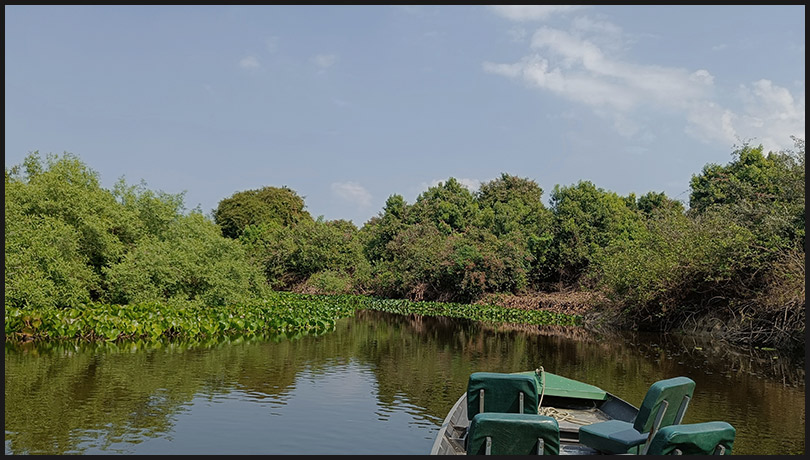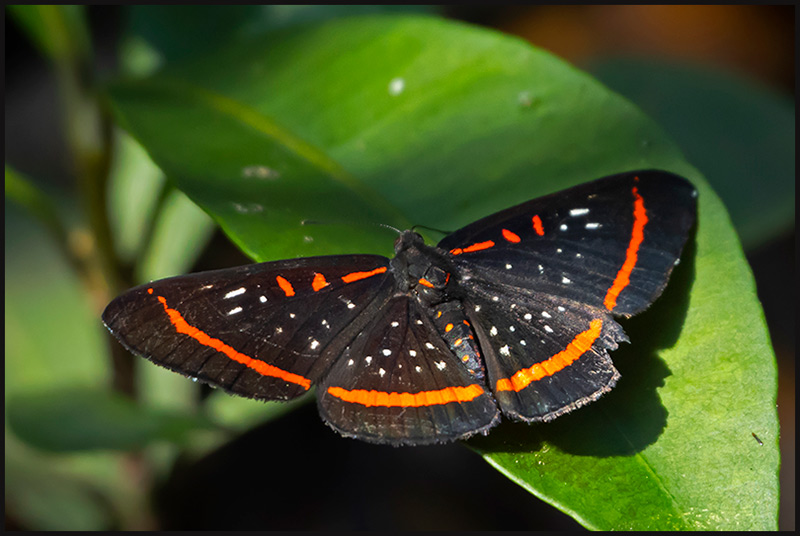Etapas del viaje / Trip sections:
6. Projeto Salobra.
Concluida nuestra visita al parque nacional Chapada dos Guimeraes, tomamos un vuelo desde Cuiabá para dirigirnos a Campo Grande, en nuestro caso, tras escala en Sao Paulo. Campo Grande es una de las vías de entrada al sur del Pantanal, aquel perteneciente al estado de Mato Grosso do Sul. En el aeropuerto de Campo Grande alquilamos un coche y nos dirigimos hasta la ciudad de Miranda, donde nos alojamos esa noche. A la mañana siguiente teníamos concertada una visita a una reserva denominada Projeto Salobra.
After concluding our visit to the Chapada dos Guimarães National Park, we took a flight from Cuiabá to head to Campo Grande, in our case, with a layover in São Paulo. Campo Grande is one of the gateways to the southern Pantanal, which belongs to the state of Mato Grosso do Sul. At the Campo Grande airport, we rented a car and drove to the city of Miranda, where we stayed that night. The next morning, we had arranged a visit to a reserve called Projeto Salobra.
La crónica de viaje en eBird, el mapa de las principales zonas visitadas, y la lista completa de especies de aves observadas durante este viaje, puede encontrarse en este enlace.
The trip report in eBird, the map showing the main visited locations, together with the complete list of bird species observed in this trip, can be seen in this link.
Projecto Salobra es una interesante iniciativa desarrollada por la comunidad local para favorecer la conservación de la zona, permitiendo una visita turística controlada que ayuda a su preservación. La visita incluye, básicamente, una salida en barca, similar a las que hicimos en el norte del Pantanal, e incluye, al finalizar, el típico almorço pantaneiro. Por otro lado, la zona que se encontruenta alrededor de la finca consiste en un paisaje agroforestal abierto que facilitó la observación de fauna. Es sin duda, una de las visitas que más me gustó en el sur del Pantanal.
Projeto Salobra is an interesting initiative developed by the local community to promote the conservation of the area, allowing a controlled touristic visit that helps in its preservation. The visit basically includes a boat trip, similar to those we did in the northern Pantanal, and included, at the end, the tipical almorço pantaneiro. Additionally, the area surrounding the property consists of an open agroforestry landscape that facilitated wildlife observation. With no doubt, this was one of the most interesting visits in south Pantanal.
La finca cuenta con una torre de observación y con diversos puntos de alimentación de aves que permiten observar algunas especies que no habíamos visto en la zona norte, como carpintero lúgrube, chara moñuda o caciques crestados. No tuvimos tiempo para explorar mucho alrededor, pero me pareció una zona muy interesante.
The property features an observation tower and various bird feeders that allow the observation of some species we hadn't seen in the northern area, such as the pale-crested woodpecker, plush-crested jays, and crested oropendola. We didn't have much time to explore the surroundings, but I found it to be a very interesting area.
Sin duda, uno de los atractivos de la finca es la salida en barca por el río Salobra, hasta alcanzar su desembocadura en el Miranda. La fauna era similar a la que ya habíamos visto en la zona norte, e incluía especies como garcillas azuladas, angús, avetigre coloradas, o diferentes especies de martines pescadores. Incluso se dejó ver unos segundos un jaguar que cruzó el río de forma fugaz.
Without a doubt, one of the main attractions of the property is the boat tour on the Salobra River, all the way to its mouth at the Miranda River. The wildlife was similar to what we had already seen in the northern area and included species such as striated herons, black-capped donacobius, rufescent tiger-herons, and various species of kingfishers. We even briefly spotted a jaguar that swiftly crossed the river.

























